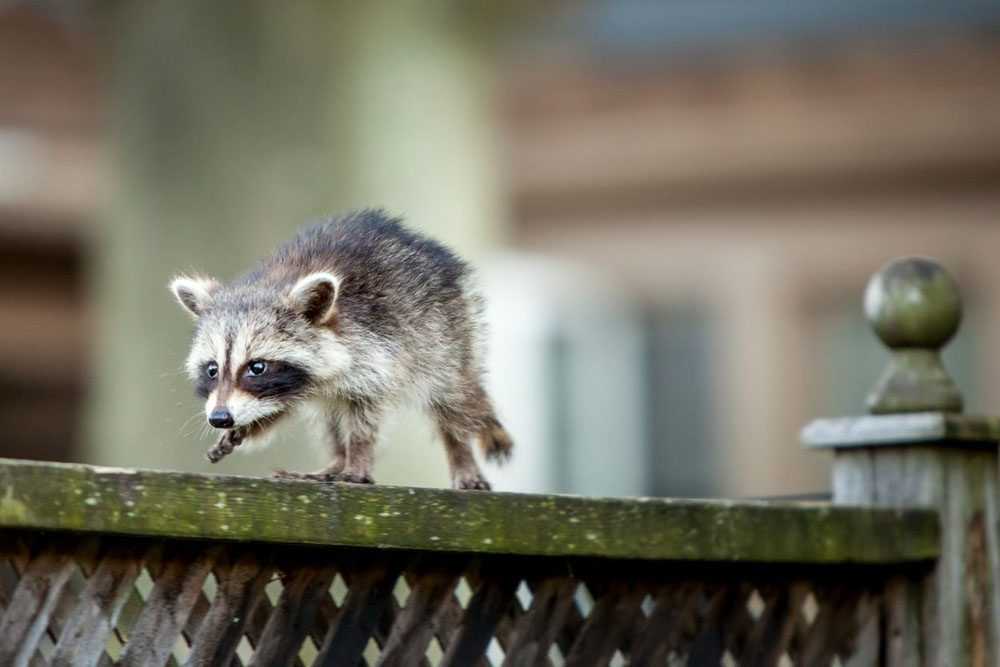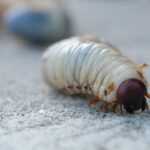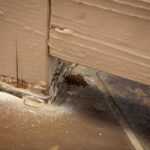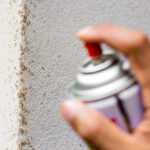1. Raccoon Mating Season Basics
Raccoon mating season, also known as breeding season, typically spans from January to June, with the peak occurring in March and April. During this time, male raccoons are on the prowl, seeking out multiple female raccoons to mate with. After a successful mating, the female raccoon will undergo a 65-day gestation period before giving birth to a litter of 3-7 baby raccoons, also known as kits. These newborn raccoons will stay in the den for up to 7 weeks, during which the mother raccoon will nurture and teach them essential survival skills. This period is crucial for the development of the young raccoons, as they learn how to navigate their environment and find food.
Mating season can start in January and ends in June.
Peak mating season is March through April, but raccoons will begin to breed as soon as the weather gets warmer. We recommend seasonal inspections of the outside of your home, to make sure prevention is in place before breeding season. Raccoons have a 65-day gestation, and they will remain in the den for up to 7 weeks after birth.
3. Raccoon Behavior During Mating Season
During mating season, the behavior of raccoons undergoes noticeable changes. Male raccoons become more aggressive and competitive, often engaging in fights to establish dominance and secure mating rights. This heightened aggression is a natural part of their mating habits. Female raccoons, on the other hand, become more selective, choosing to mate with the strongest and healthiest males. This selectiveness ensures that their offspring have the best chance of survival. Both male and female raccoons also become more vocal during this time, using a variety of sounds such as chirps, whistles, and grunts to communicate. Additionally, female raccoons become fiercely protective of their territory, defending it against other raccoons and potential predators to ensure a safe environment for their future kits.
2. Dens are usually temporary.
Outside of the breeding season, raccoons will change dens frequently. They don’t build these dens, but rather take advantage of already empty spaces.
If you have a raccoon setting up camp in a tree outside, chances are they’ll be moving on in a day or so anyway. When it comes to your home, however, you’ll want to be sure they’re fully gone before boarding up the hole or taking other exclusion steps.
3. Raccoons will “den” where they feel safe and removed from humans.
When discussing raccoon mating habits, it is important to understand that when a female raccoon is going to breed and give birth, she’ll establish a more permanent den. Raccoons prefer to be off the ground in hollow trees, attics, and chimney flues. If these places aren’t available, they’ll look for places where they won’t be disturbed, like under homes, low clearance decks, and sheds.
Because she’s about to give birth to kits, she’ll be even more careful about her choice.
6. Raccoon Sounds and Communication
Raccoons are highly vocal animals, especially during mating season. Male raccoons use loud, screeching calls to attract female raccoons, while female raccoons respond with softer, chirping sounds. These vocalizations play a crucial role in their mating rituals and territorial behaviors. Beyond vocal sounds, raccoons also rely on body language, including posturing and facial expressions, to communicate. Scent marking is another important form of communication, helping raccoons establish territory and identify each other. Baby raccoons, or kits, use high-pitched squeaks and chirps to communicate with their mother raccoon, signaling their needs and ensuring they receive proper care. Understanding these sounds and communication methods is essential for wildlife removal specialists, as it helps them identify and manage raccoon populations more effectively.
You can prevent raccoons with raccoon removal.
Raccoons rely on their immediate surroundings. If you make your home inhospitable to raccoons, they won’t stay! These are the best and simplest ways to make sure you can prevent raccoons:
- Don’t feed raccoons
- Seal all sources of garbage
- Feed pets indoors
- Keep pet food away from pet door
- Close pet door at night
- Don’t put food in compost piles
- Instead secure in compost containers to prevent access
- Clean up outdoor food areas, such as barbecue areas or picnic tables
- Eliminate access to potential dens by filling or blocking all holes
- Talk to your neighbors
- If an entire area takes these prevention steps, your yard has a better chance of remaining raccoon-free
5. Raccoon relocation is illegal in Oregon and Washington.
We know it might be tempting to trap and relocate raccoons, but it’s illegal. Relocation has several serious consequences for both the raccoons and the surrounding environments, including the death of the raccoons, the spread of disease, and ecological collapse.
If you have a mother and kits under your porch or in another space on your property, don’t attempt to remove them physically. Professional raccoon removal services are essential for safely removing raccoons from properties, especially during mating season or when baby raccoons are present. It’s always best to call a wildlife removal specialist as soon as possible, so the animals can be removed safely and you can minimize any structural damage caused by the animals.
What can I do about the raccoons on my property?
If these prevention steps aren’t working, or you’re concerned about the raccoons on your property, give PURCOR a call. We can perform an inspection to make sure all of the available prevention steps are complete, and we can spot any particular areas that raccoons might take advantage of. Understanding the behavior and needs of mother raccoons and their raccoon kits is crucial, especially for ensuring their safe and humane removal.articular areas that raccoons might take advantage of.
"*" indicates required fields
"*" indicates required fields




